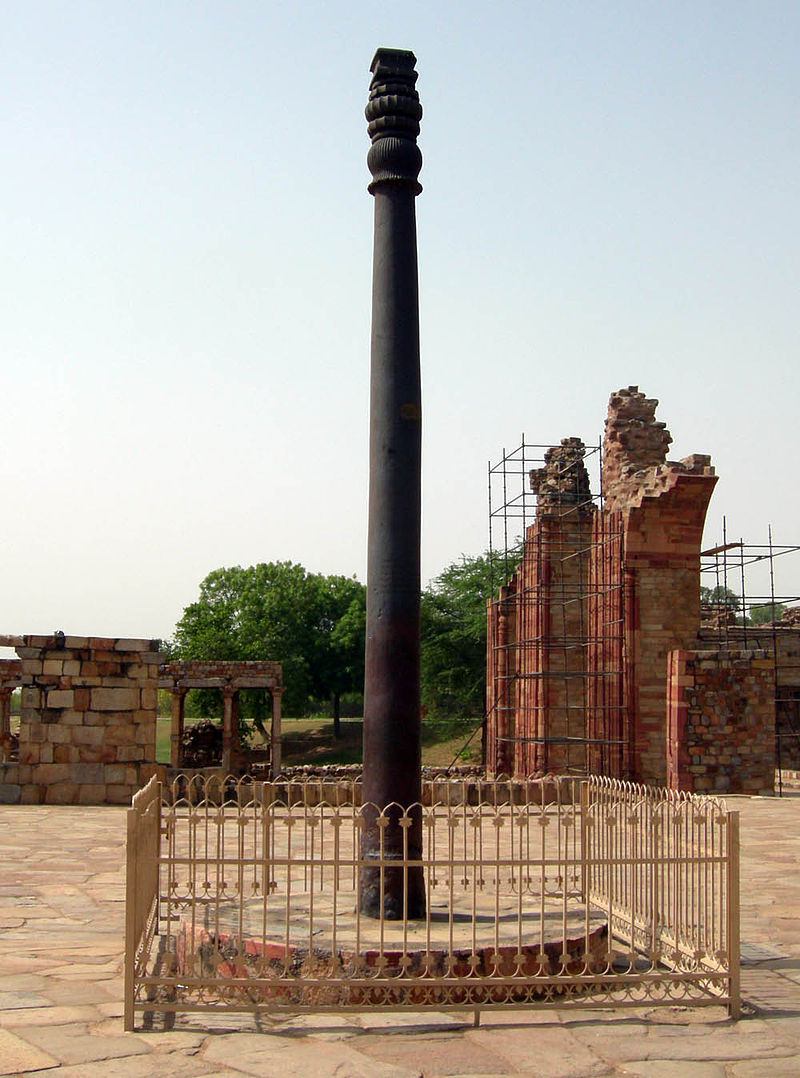Bharatavarsha has a long and storied history in science and mathematics. From the Kerala School’s Madhava to the Fields Medal’s Manjul Bhargava, there is an all India tradition of scientific discovery and mathematical excellence
The Vedanga Jyotisha of Lagadha as well as the Sulba Sutras feature the foundation of the tradition emanating from the Yajur Veda. While the scriptural tradition served as the basis, intellectual rigour soon became its hallmark. World famous figures such as Sushruta, Charaka, and Aryabhatta should be household names to all people of Indic descent. Indeed, early accomplishments in medicine and surgery (such as rhinoplasty) would remain the international standard until the past century.
Indic science extended to the realm of Psychology as well. Areas such as the unconscious mind and psychotropics all drew from the Indic systems of not only Ayurveda, but Yoga as well. Much of modern Psychology in fact relied on adaptations from traditional dharmic gurus. While the references for modern texts were later removed by students, biographical papers of the original adapting scholars have confirmed the subcontinental sources for much scientific innovation.
Universities such as Takshasila and Nalanda were the top schools of their day, with international students hailing from China, Japan, Persia, and beyond. In fact, the Indic tradition of science and mathematics was so cutting edge, that it was sought after by foreign medieval powers and eventually transmitted to Europe. As such the very decimal system and numerals which were Hindu or Indic in origin, were given new names, and their land of origin forgotten or ignored.
While gurukuls were the primary institutions of education, other institutions of higher learning included Varanasi, Vallabhi (in Gujarat), Vikramasila (Bihar), and Kanchi (in Tamizh Nadu). Dhara nagara, ruled by the famous King Bhoja also boasted of many such schools. The city itself was at one point deemed an abode of Sarasvati, goddess of learning.Nevertheless, Takshasila (modern Taxila) was concerned the greatest of all, with a student population of about 10,000 and a faculty of 1,500. Nalanda, meanwhile, was a massive facility due to successive patronage from the orthodox Guptas and ecumenical Vardhanas alike. It was a mile long with 300 lecture and seminar rooms, and students from as far as Mongolia.

This tradition of excellence in science in particular and education in general is something Indics must aspire to again, not merely personally, but also Civilizationally.
References:
- SarDesai, D.R. India: The Definitive History. Westview: Boulder, Colorado. 2008.112-116
- Kak, Subhash Editor.Sourcebook on Indic Contributions in Math and Science.
- Salmon, Don. Indic Influence on Modern Psychology.
- Kutumbiah, P. Ancient Indian Medicine.Chennai: Novena.1999
- Basham, A.L. The Wonder that was India. New Delhi: Rupa.1999
Personalities
Lagadha
Baudayana
Apastamba
Sushruta
Charaka
Aryabhatta
Varamihira
Brahmagupta
Sayanacarya
Madhava
Bhaskara
C.V. Raman
Srinivasa Ramanujan
Satyendra Nath Bose
Subramanyan Chandrasekhar
Har Gobind Khorana

Yellapragada Subbarao – (1895 – 1948) Indian biochemist who discovered that adenosine triphosphate was an energy source in the cell, and developed methotrexate as a cancer treatment . Most of his career was spent in the United States. Despite his scientific breakthrough, Subbarao was denied tenure at Harvard and was not even given a green card for the remainder of his life. This was despite the fact that he would lead some of America’s most important medical research during the war years.
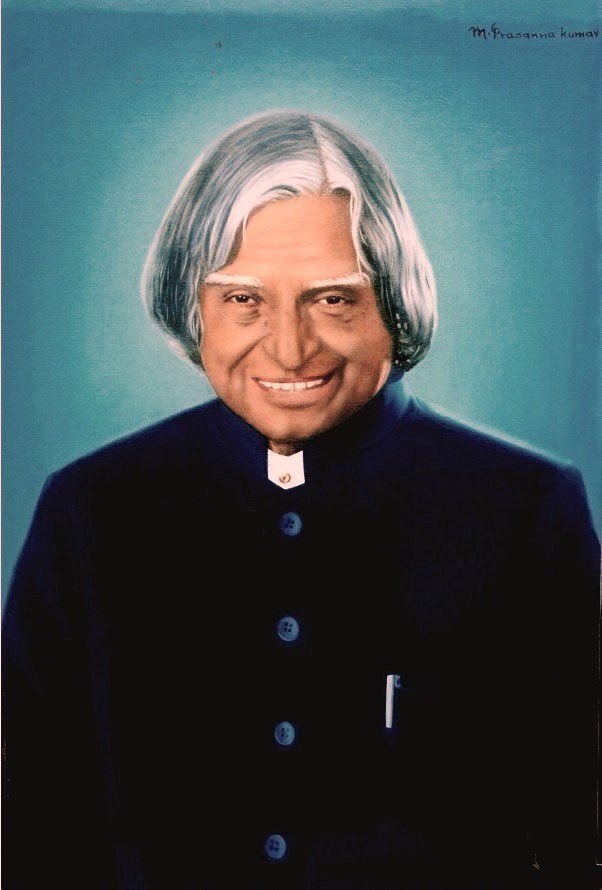
A.P.J.Abdul Kalam – (15 October 1931 – 27 July 2015) Beloved throughout India as “the Missile Man”, Shri Avul Pakir Jainulabdeen Abdul Kalam was a scientist, and Rashtrapati (President) of Bharat Ganarajya. He was instrumental in securing India’s strategic security through his critical work prior to and in leading the Integrated Guided Missile Program (IGMP).
A man who ignited minds and united hearts, he was emblematic of the potential for unity among all Indic peoples of whatever region, religion, or language.
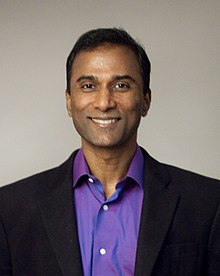
Shiva Ayyadurai
The inventor of email. Though some have contested the pioneering work, there is no question Tamizh origin Shiva Ayyadurai was a prodigy in the world of technology, and is today a voice of courage calling for integrity in science. Indeed, there is every reason to believe and assert that he was the first to develop email as an usable application. His call for innovation as collaboration rather than corporatization gives hope to humanity and its future.
Scientific Accomplishments
Rhinoplasty
Cataract Surgery
Matsya Yantra
Shipbuilding
Another notable navigational accomplishment was in shipbuilding. India was famous for producing naval vessels that were lashed together rather than nailed. In fact, the industry itself was enormous, supplying many nations across the world before being destroyed by foreign colonisers.
Ukku/Wootz Steel
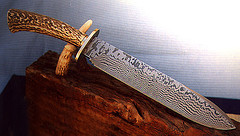
Indian steel has long been famous throughout the world as the finest and highest quality, till the modern era. Indeed, Indian blades were the dread of foreign armies as the crusaders found out when facing the Saracens in the Levant. Damascene steel was long credited to the middle east, when in reality, these blades were either purchased or forged as pre-fabricated steel ingots.
Indeed, the name that has since been applied to this type of metal itself means steel in Telugu: ukku. Ukku eventually became wootz among Europeans. Aristotle is reputed to have admired its qualities. The technique apparently was lost in the 1700s.
Andhra has not only produced many brilliant minds in the fundamental sciences, it has also been credited for ancient breakthroughs in the applied sciences. Ukku steel is one of those accomplishments.
The Kakatiya kingdom was famous for its production of swords and skilled swordsmen.Steel was later transported from Golkonda to other centers of blade forging in North India.
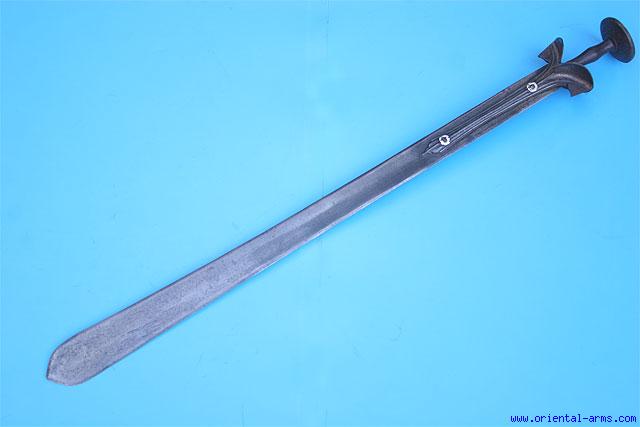
Though excellent steel was forged in other parts of India, Andhra steel appears to have been a cut above the rest.

Most famous, however, is the Gupta era Iron Pillar of Mehrauli (now in Delhi). This remains the most widely known expression and confirmation of Indic sophistication in metallurgy.
References:
- Basham, A.L. The Wonder that was India. New Delhi: Rupa.1999
- medind.nic.in/jac/t01/i1/jact01i1p96.pdf
- http://www.ysubbarow.info/
Important Texts
Sushruta Samahita
Charaka Samahita
Surya Siddantha
Mathematical Accomplishments
Known as Ganita in Sanskrit, that Indics have long had a way with numbers is known world over. Ancient Rishis like Baudayana who knew the Pythagorean theorem long before its namesake. Furthermore, medieval Keralites such as Madhava are credited with laying down the foundations for modern calculus, through their work on the Taylor Series, and Permutations and Combinations.
Above all, however, stands the uncontested invention of the decimal place system and the zero as a numeral. A unique and pioneering accomplishment, even Einstein credited Dharmics for “teaching the world how to count”. Work of mathematicians such as Bhaskara dealt with a host of topics including advanced algebra.
Due to the close association of science and mathematics, and particularly between astronomy and math, notable personalities have been kept together, and can be seen above.
References:
- SarDesai, D.R. India: The Definitive History. Westview: Boulder, Colorado. 2008.112-116
- Gray, David. Indic Mathematics: India and the Scientific Revolution.
Important Texts
Vedanga Jyotisha
Sulba Sutras
Lilavati by Bhaskara
Bija Ganita by Bhaskara
Brihat Samhita by Varahamihira


